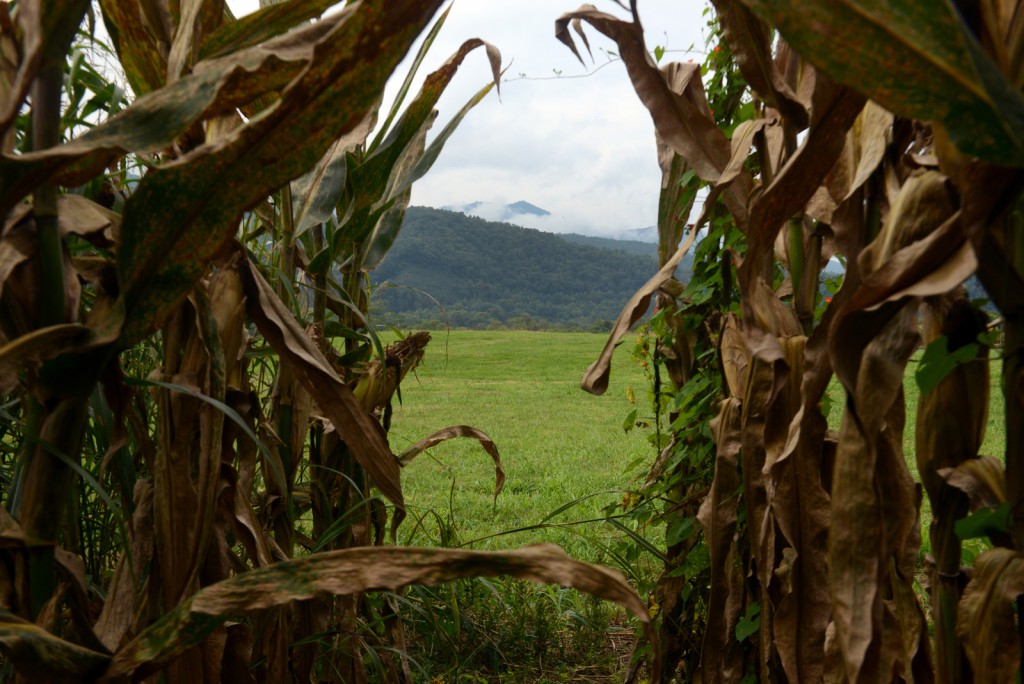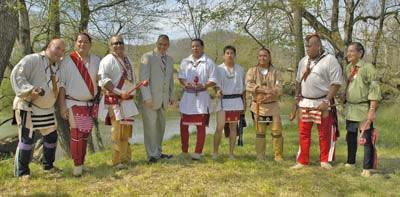Cowee Mound
In 2007, the Eastern Band of Cherokee Indians purchased 70 acres along the Little Tennessee River that included the historic Cowee Mound and Village Site, thought to date from approximately 600 A.D. The transaction was made possible with assistance from Mainspring (then the Land Trust for the Little Tennessee) and the N.C. Clean Water Management Trust Fund. There is a conservation easement on the property that permanently protects its conservation values and prevents commercial and residential development.
The council house of the Cherokee town of Cowee was located on this mound in the 18th century, when the town of Cowee served as the principal diplomatic and commercial center of the mountain Cherokee. Cowee is considered one of the most significant archaeological sites of the Mississippian period in North Carolina, where the presence of agriculture on the bottomlands dates back at least 3,000 years. Cowee was also the center of significant historic events on the eve of the American Revolution in the South, including the target of the Rutherford Expedition in September 1776.




